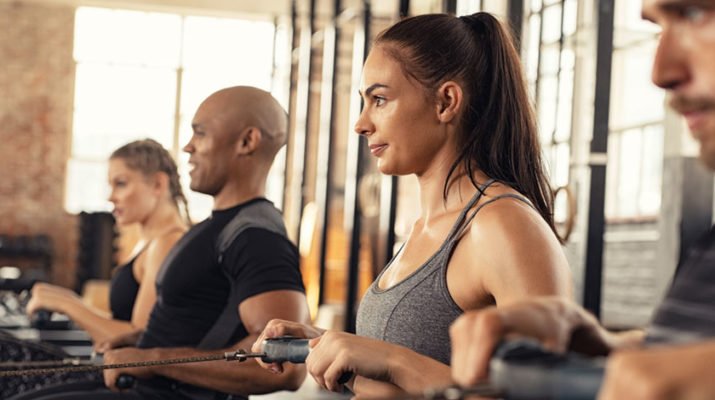By Deborah Jeanne Sergeant
Perhaps one of your New Year’s resolutions is to get fit. If so, check out the trends area experts predict as becoming more popular in 2020.
Phil Haberstro, executive director, The Wellness Institute of Greater Buffalo:
• “Consumers today are taking a much more holistic look at fitness and wellness. They’re blending into that the mental, along with the physical and social elements. In that sense, improving the health and wellbeing of communities, we’re also looking at the environment and social side and economic element and the personal choices people make from a behavior standpoint.
• “There has always been tension between personal choice and societal responsibility but we’re recognizing more and more that it takes both. If a person determines they want to improve their health, it’s well recognized they need to be physically active. Moderate doses of regular physical activity have health benefits. What I’ve seen in my professional career is an evolution of physical activity. It started with military readiness with WWII. We went from military to fitness to physical activity and now it’s active living, integrating regular doses of physical activity into your daily living.
• “Walking will be the major trend. We see in the literature all the time about ‘walkable communities.’ Walking is the number one physical activity in the world. It’s recognition from a marketplace, where do you get the most bang for your buck? You get it from a society that’s physically active by walking.
• “Lifespan wellness is another trend. In schools, we now have district wellness policies. If you look a Centers for Disease Control and Prevention research, there’s an increase in work promotion of wellness. World Health Organization and AARP have adopted age-friendly community initiatives.
• “Another thing we’re seeing in trends with children is the idea of active kids. Children with their parents and families do sampling of different activities. That supports lifelong physical activity. That is the paramount piece.
• “We’re also seeing in trends is the growth of trails and parks.”
Lucy Connery, health promotion specialist, Wellness Institute of Greater Buffalo:
• “Yoga and Pilates are becoming bigger.
• “For cardio, instead of running on the treadmill, more people want alternative things like cardio kickboxing and things that are more exciting.
• “We’ll see more weight lifting and lifting heavier, especially among girls. They’re lifting heavier weights. That will be a shift, too. women’s empowerment will continue to be big.
• “Beach Body on Demand, like Netflix for fitness, will continue to grow.
• “People will want to do things they like. People often start on their kicks in January and give up by February because it’s not sustainable.”
Brian DeLuca, physical therapist, director of Physical Therapy and Impact Sports Performance at UBMD Orthopaedics & Sports Medicine:
• “I see a trend toward younger athletes and older adults involved in formal strength conditioning program to complement the skilled sports training piece.
• “Older adults are looking to stay more active into their retirement years versus going to a gym where there’s an open membership. They want structured training classes in small groups or with a personal trainer. People are looking to be healthier later in their years.
• “There’s still college aged and middle aged seeking more intense and challenging training environments. The fitness industry is becoming more specialized. Some clients are involved in more intense groups like HIIT or group training. That’s the more popular training. People want to work harder in a group setting where they’re pushing themselves alongside other people.
• “Employers are wary as they’re seeking people to hire. They’re looking for more exclusive licensure. We only employ certified strength and conditioning specialists. That’s trickling down into the fitness centers. Personally, I look for individuals with a clinical background.
• “Cross Fit is still popular. It has the technique and physical demands of sports, but it has the inherent risks of Olympic lifting. Cross Fit gyms are doing a better job of ramping up their clients slowly so they don’t get an injury.”

